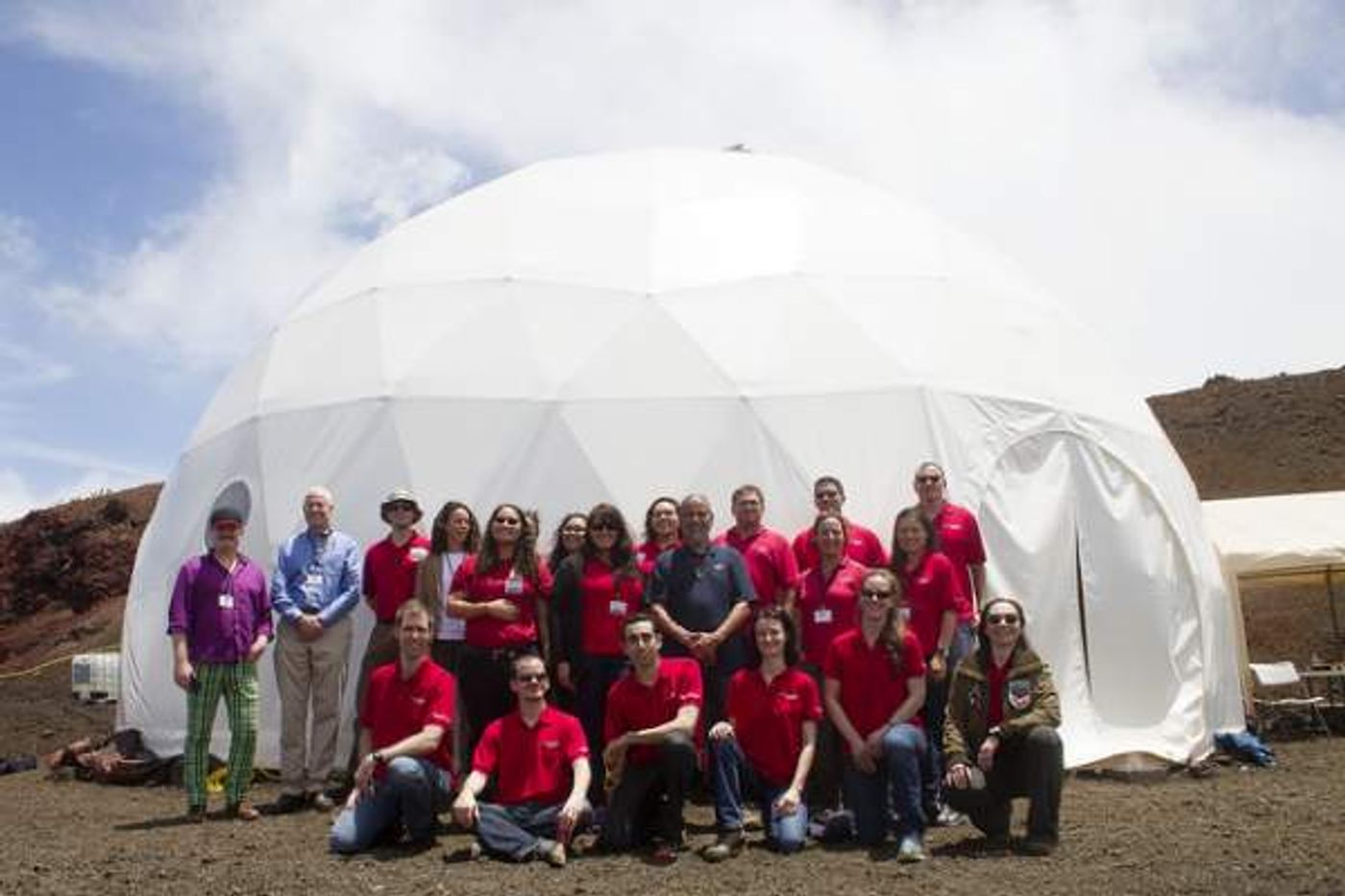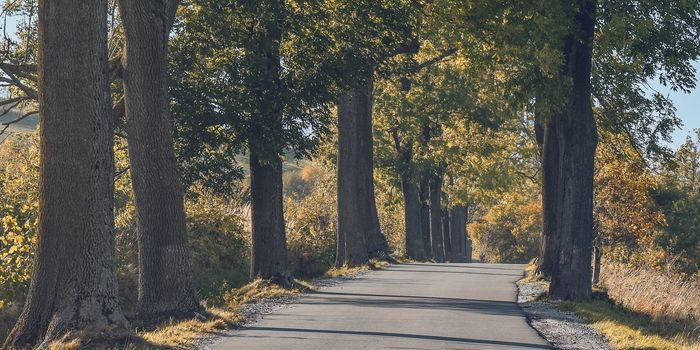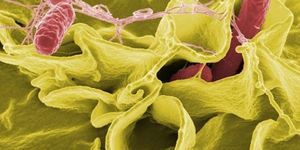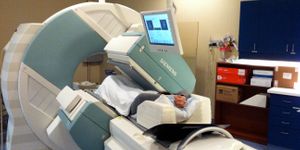Six scientists spent 365 days in a geodesic dome set in a Mars-like environment 8,200 feet (2,500 meters) above sea level. The simulated habitat was located on the slopes of Mauna Loa, a volcano in Hawaii. The group included a French astrobiologist, a German physicist and four Americans – a pilot, an architect, a doctor/journalist and a soil scientist.
NASA funded the study run through the University of Hawaii and is the second-longest of its kind after a mission that lasted 520 days in Russia. The experiment, called Hawaii Space Exploration Analog and Simulation (Hi-Seas), was designed to test crew cohesion and performance in isolation, simulated on Mauna Loa because the area’s high elevation means there is almost no plant growth. It forms an important part of any real mission to Mars as journeys to the red planet will take upwards of six months, before any surface missions even begin, and astronauts will have to spend long periods of time together in a claustrophobic space, reports
CNN.
‘‘Hi-Seas is an example of international collaborative research hosted and run by the University of Hawaii. So it’s really exciting to be able to welcome the crew back to earth and back to Hawaii after a year on Mars,’’ Kim Binsted, principal investigator for Hi-Seas.
Scientists were only allowed to go outside if wearing spacesuits, and managed limited resources while conducting research and working to avoid personal conflicts in an extremely space space. The dome is only 36 feet in diameter and 20 feet tall.
"The UH research going on up here is just super vital when it comes to picking crews, figuring out how people are going to actually work on different kinds of missions, and sort of the human factors element of space travel, colonization, whatever it is you are actually looking at," Tristan Bassingthwaighte, who served as the crew's architect, said in a statement.
The mission was pivotal for research concerning the surface environment of “Mars.” Christiane Heinicke, a crew member from Germany, said the scientists were able to find their own water in a dry climate. “Showing that it works, you can actually get water from the ground that is seemingly dry. It would work on Mars and the implication is that you would be able to get water on Mars from this little greenhouse construct,” she said.
According to Cyprien Verseux, a crew member from France, the simulation was a success. ‘‘I can give you my personal impression, which is that a mission to Mars in the close future is realistic. I think the technological and psychological obstacles can be overcome,’’ Verseux said.
Binsted said the researchers were looking forward to jumping into the ocean and eating fresh produce and other foods that were not available in the dome.
Despite the fuss going on in the media surrounding the success of the simulation, another side exists in the story. Native Hawaiins are worried about the use of Mauna Loa for such exploration. Watch the following video to see why.
Sources:
CNN,
The Guardian,
The Boston Globe









